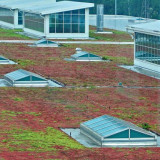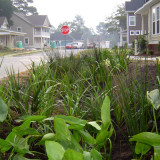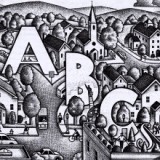New Ways to Weigh Economy vs. Environment
A longstanding debate is again heating up. The debate, that is, over whether a nation, state, or community should favor job creation and economic gain over benefits such as environmental protection and public health.













